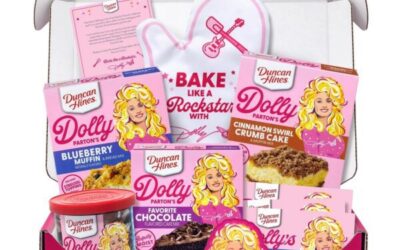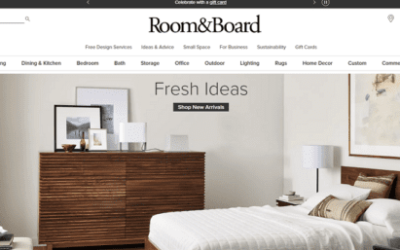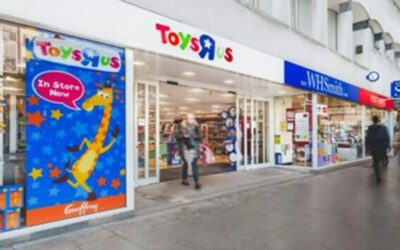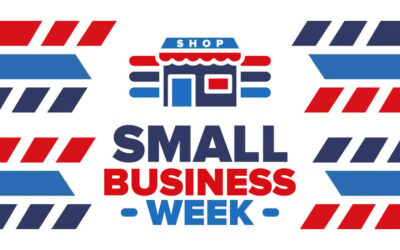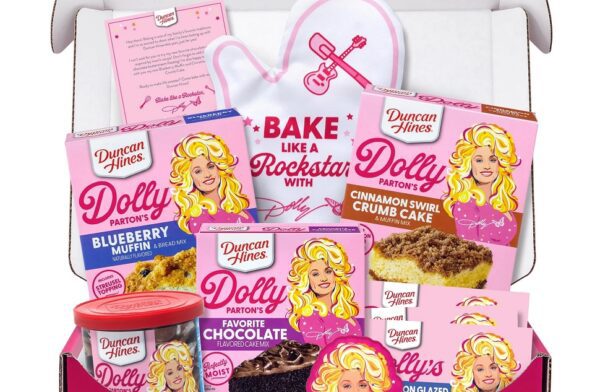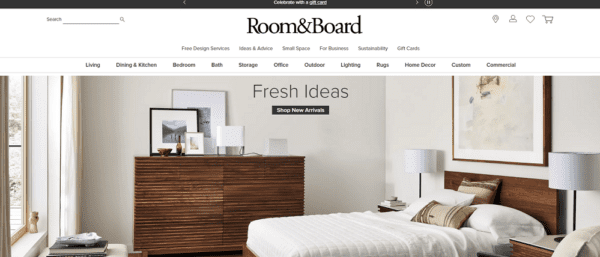4 Ways QR Codes are Transforming the Retail Shopping Experience
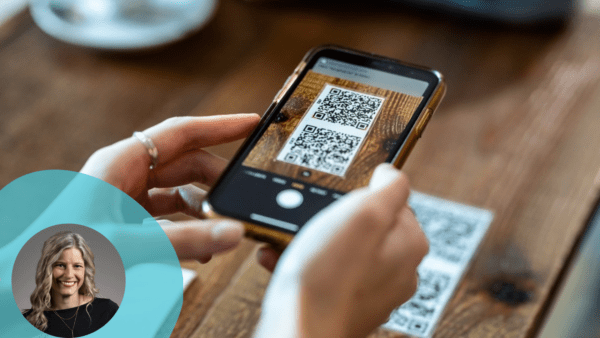

The next era for retail is already underway, and it all starts with the simple but powerful scan of a code. Nearly 50 years ago, UPC barcodes changed the game for retailers everywhere, and now we’re on the cusp of another massive transformation.
According to GS1 US, a member of the GS1 global not-for-profit organization that develops and maintains global standards for barcodes, by 2027, 2D (two-dimensional) barcodes will become the de facto solution for CPG brands and retailers around the globe. QR codes, one of the most popular 2D barcode types, can store up to 7,089 characters with one single code, unlike a traditional barcode that can only store up to 20 characters. This opens up a world of possibilities for both businesses and consumers.
While this shift is poised to transform the retail industry all the way from the stockroom to the cereal aisle, retailers should start tapping into the power of QR codes today to build trust, loyalty and stronger relationships with consumers.
Bridging Physical and Digital Retail Experiences with the Power of QR Codes
In order to win over consumers in an increasingly competitive landscape, retailers are turning to technology like QR codes to help bridge in-store experiences with the digital world. Engaging with shoppers in real time as they leisurely walk through your store is essential for creating lasting connections that go beyond checkout — and keep them coming back for more.
1. Making In-Store Shopping More Convenient with Endless Aisles
Consumers are already familiar with QR codes — they scan QR codes to access restaurant menus, enter contests, contact support, redeem rewards and so much more. This existing familiarity with QR codes brought on by the pandemic means that consumers are already primed to engage through the quick scan of a code at retail locations.
For retailers and CPG brands with products sold in brick-and-mortar stores, this could mean offering a wider selection of products by pointing consumers online when browsing in-store. Finding the perfect inventory balance has always been an enduring challenge, and consumers expect as much selection as possible thanks to the ease and convenience of shopping online. To meet this need, retailers can explore adopting an endless aisle strategy, powered by solutions like QR codes.
When an item is out of stock, for example, endless aisles let in-store shoppers use online channels to order those items to be shipped to them directly. Retailers can incorporate QR codes into their stores that take customers to an online order experience, where they can then purchase the item they need or browse additional options.
Endless aisles also build trust and loyalty through an all-around improved shopping experience. By giving shoppers the chance to interact with products before buying online and solving out-of-stock challenges, you meet evolving consumer needs.
2. Boosting Sales and Loyalty with Easy Access to Special Offers
In the past, connecting with consumers felt like a one-way relationship — brands and retailers push out marketing messages and hope to see results in return. With QR codes, the conversation becomes much more dynamic, putting the power to engage in the consumer’s hands. Retailers should strive to make it as easy as possible for consumers to make a purchase, sign up for a loyalty program or unlock special offers that surprise and delight them.
As personalization continues to become a standard consumer expectation, retailers can enhance engagement and increase the likelihood of conversions by offering shoppers unique, dynamic offers through QR codes. What used to require a series of costly marketing touch points can now be achieved almost instantaneously through the seamless use of QR codes, closing the consumer connection gap in seconds.
Retailers can promote loyalty programs, offer exclusive rewards and discounts and build rapport with shoppers to keep them engaged longer. A well-placed QR code can not only anticipate a need, capture attention and transform a poor in-store experience, but it also serves as a powerful tool for tracking what people are engaging with, providing valuable insights into consumer preferences and behaviors. Experiment with messaging designed to encourage scans and try different QR code placements — like in the checkout line — to see what’s resonating.
3. Unlocking Consumer Insights with QR Code Scan Data
Every time a consumer scans a QR code in-store, retailers can learn more about them and their unique shopping preferences. When retailers bring the power of QR codes to in-store displays, hang tags, on fliers, directories and more, they unlock new data to help better understand consumer behavior and purchasing habits.
For Lauren Rothering, Senior Brand and Product Marketing Manager at Rad Power Bikes, using QR codes in-store helps the company create a more consistent and measurable customer experience both offline and online. “It gives us the opportunity to seamlessly direct people from a retail store experience to our brand website, which is an important part of the customer journey.”
Using QR code scan data, retailers can identify hot-spots or areas in-store where consumers are scanning the most, and adjust their strategies accordingly. Beyond the scan data, retailers can encourage consumers to scan a code and leave feedback or answer a few questions about their shopping experience. This will help retailers implement strategic changes that drive a more seamless in-store experience based on real-time feedback.
By capturing scan information one customer at a time, retailers can use QR codes to gather essential details about their customers. From there, they can build better messaging and craft experiences that shoppers really connect with.
4. Elevating Brand Transparency with a Quick Scan to Build Trust
Today’s consumers care about where their products come from and the values of the brand itself. According to new research from MG2, Gen Z in particular is looking for curated visual merchandising experiences where a brand’s values shines through in physical environments.
With the rise of 2D barcodes on product packaging, shoppers will no longer have to chase down details about the goods they purchase, from how they were produced to key ingredient information. And while CPG brands will lead this charge, leveraging 2D barcodes as a gateway for transparency, this will set new standards for all brands and retailers within the industry.
Retailers should strive to meet this demand proactively and offer more information about their sustainability focus through QR codes placed on in-store displays, receipts or even on in-bag inserts. For instance, a quick scan might reveal information about a retailer’s brand story or eco-conscious business practices, enabling consumers to make well-informed decisions that align with their values.
By embracing QR codes as a means to build trust with consumers, retailers will not only foster loyalty but also ensure they’re aligned with the industry and broader trends in ethical consumerism.
Step Into the Future of Retail with QR Codes
QR codes are already unlocking next-level consumer interactions for retailers around the world. Let the data guide your efforts and pay attention to what resonates with consumers — then do more of what they love. That’s how you’ll spark even deeper connections with them over time and drive repeat purchases, both in-store and online.
When consumers stay informed, engaged and satisfied, retailers win, too. Let QR codes lead you into the future of retail — one scan at a time.
Tara Robertson is the Chief Marketing Officer at Bitly. Prior to Bitly, Robertson served as CMO at Teamwork and has held various key marketing leadership roles over the past 20 years at top tech brands such as Sprout Social and Hotjar. She now leads marketing at Bitly, whose Connections Platform empowers millions of monthly active users globally to use branded links, custom QR Codes and link-in-bio solutions to engage audiences and deliver critical notifications, information and experiences.



